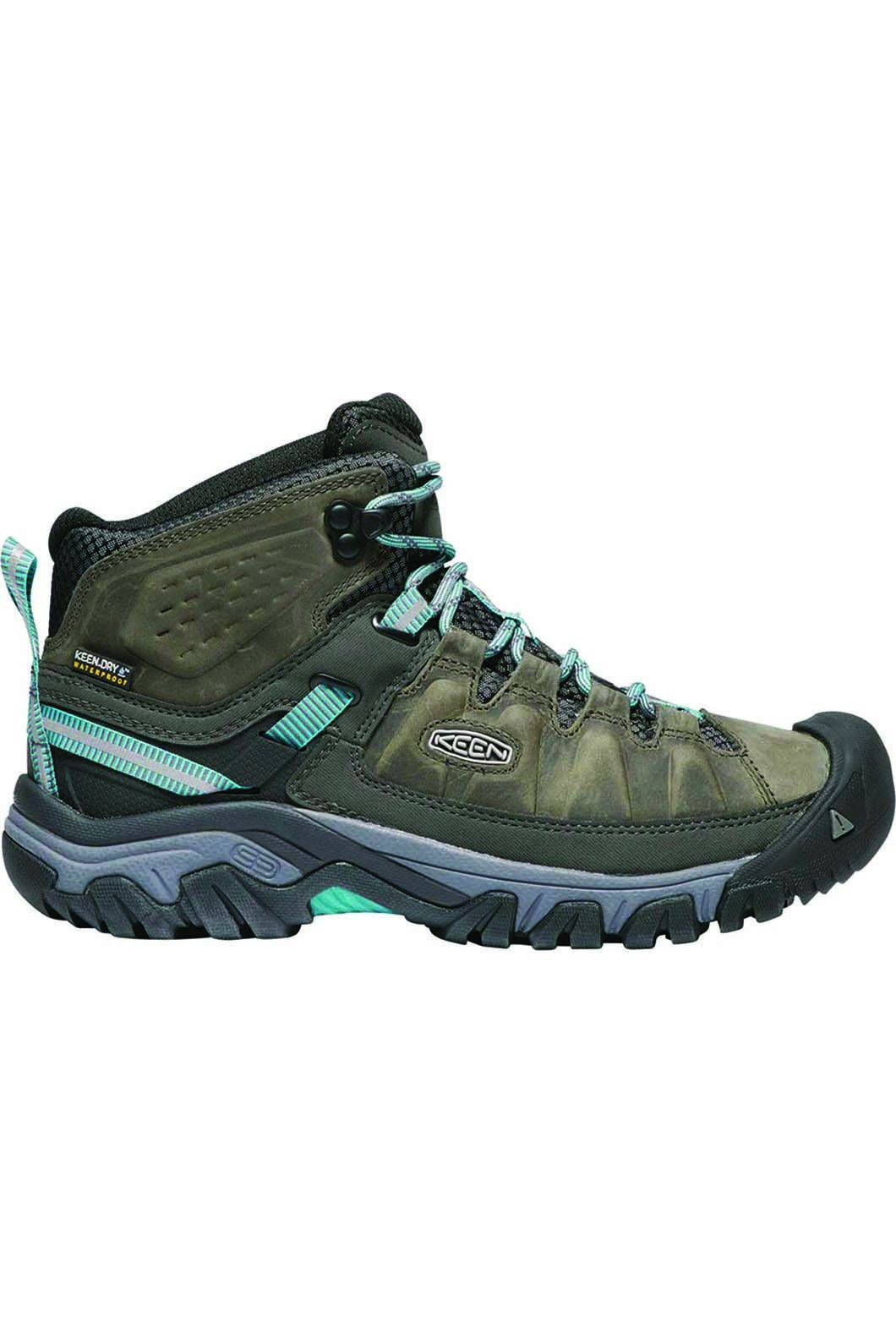Step Up Your Trail Game: Unleash the Adventure with the Best Hiking Shoes

Embark on your next outdoor adventure with confidence as we guide you towards a vital component of your gear - hiking shoes. The right pair can make all the difference as you navigate rugged terrains and soak in the beauty of nature. Whether you're a seasoned hiker or looking to explore the trails for the first time, choosing the perfect hiking shoes is crucial for a comfortable and enjoyable experience.
With a plethora of options available, finding the ideal pair that suits your needs and preferences can be a daunting task. From lightweight and breathable designs for casual day hikes to sturdy and supportive boots for challenging trails, the world of hiking shoes offers a diverse range to cater to every hiker's demands. Let's delve into the features, benefits, and considerations that will elevate your trail game and enhance your outdoor escapades with the best hiking shoes for your adventures.
Types of Hiking Shoes
Hiking Boots: Ideal for rugged terrain and providing excellent ankle support, hiking boots are a popular choice for serious hikers and backpackers. These shoes offer stability and protection, making them perfect for challenging trails.
Trail Runners: Providing a balance between a hiking shoe and running shoe, trail runners are lightweight and flexible, catering to those who prefer speed and agility on the trail. These shoes are great for day hikes and less demanding terrains.
Hiking Sandals: Designed for warm weather and water crossings, hiking sandals are breathable and quick-drying, keeping your feet comfortable in hot conditions. They provide grip and protection while allowing your feet to breathe during summer adventures.
Choosing the Right Fit
When selecting hiking shoes, it's crucial to prioritize comfort above all else. Dwight’s Outdoors -fitting shoes can quickly turn a pleasant hike into a painful ordeal. Look for shoes that provide ample support and cushioning, ensuring a snug yet comfortable fit that allows for natural movement.
Consider the terrain you'll be trekking on to determine the appropriate level of traction needed in your hiking shoes. For rugged and uneven trails, opt for shoes with aggressive treads that offer enhanced grip. Conversely, smoother trails may require less aggressive tread patterns to prevent unnecessary weight and discomfort.
Lastly, pay attention to the materials used in the construction of hiking shoes. Breathable and moisture-wicking materials are essential to keep your feet dry and comfortable throughout your hike. Additionally, choose shoes with sturdy and durable uppers that can withstand the demands of various trail conditions, ensuring long-lasting performance and protection for your feet.

Maintenance Tips
First, ensure to clean your hiking shoes regularly. Use a gentle brush to remove dirt and debris from the outer surface. Avoid using harsh chemicals that could damage the material.
Second, make sure to air out your hiking shoes after each use. Remove the insoles and loosen the laces to allow proper airflow. This helps prevent the growth of odor-causing bacteria.
Finally, inspect your hiking shoes for any signs of wear and tear. Check the soles for wear patterns and look for any loose stitching. Addressing these issues promptly can extend the lifespan of your footwear.
